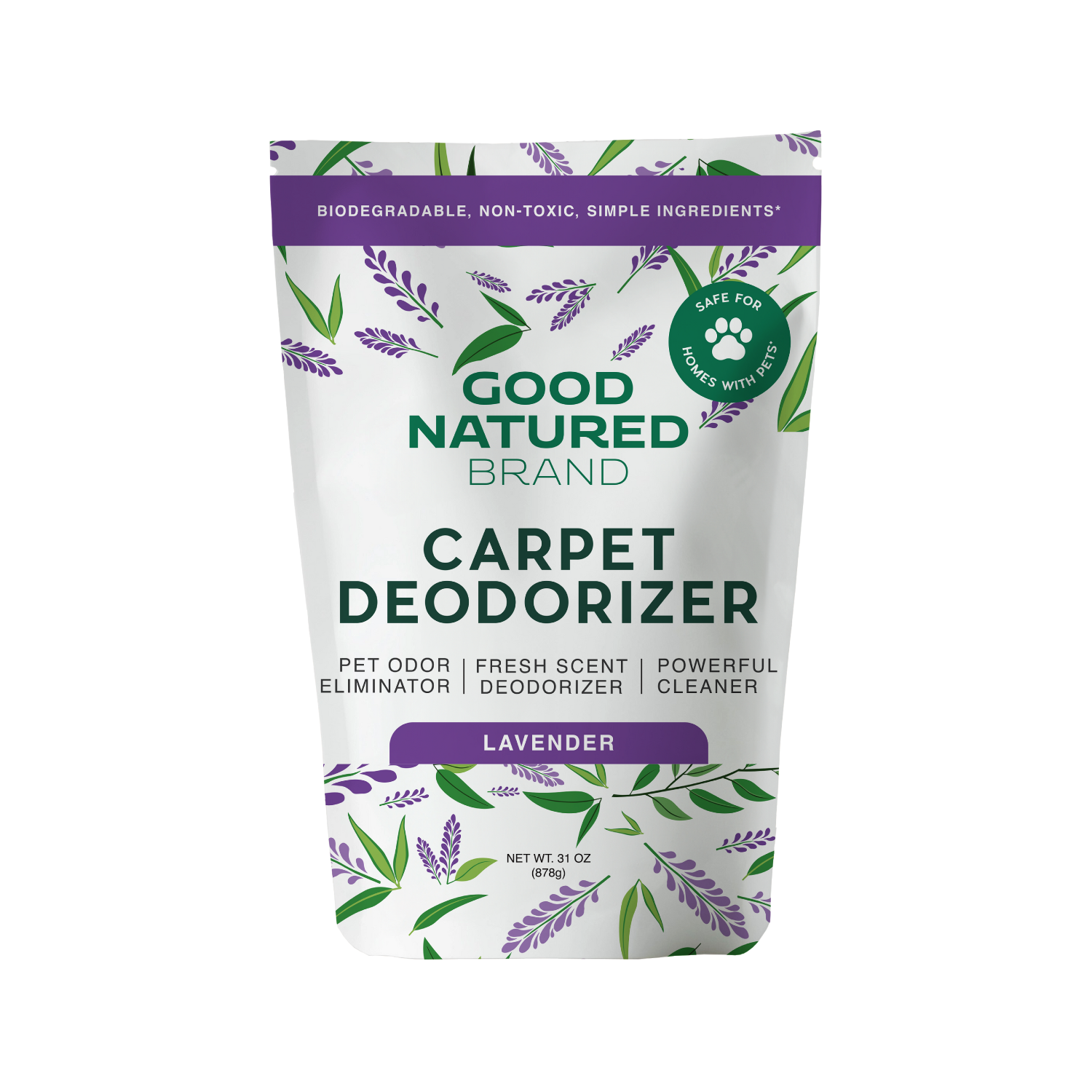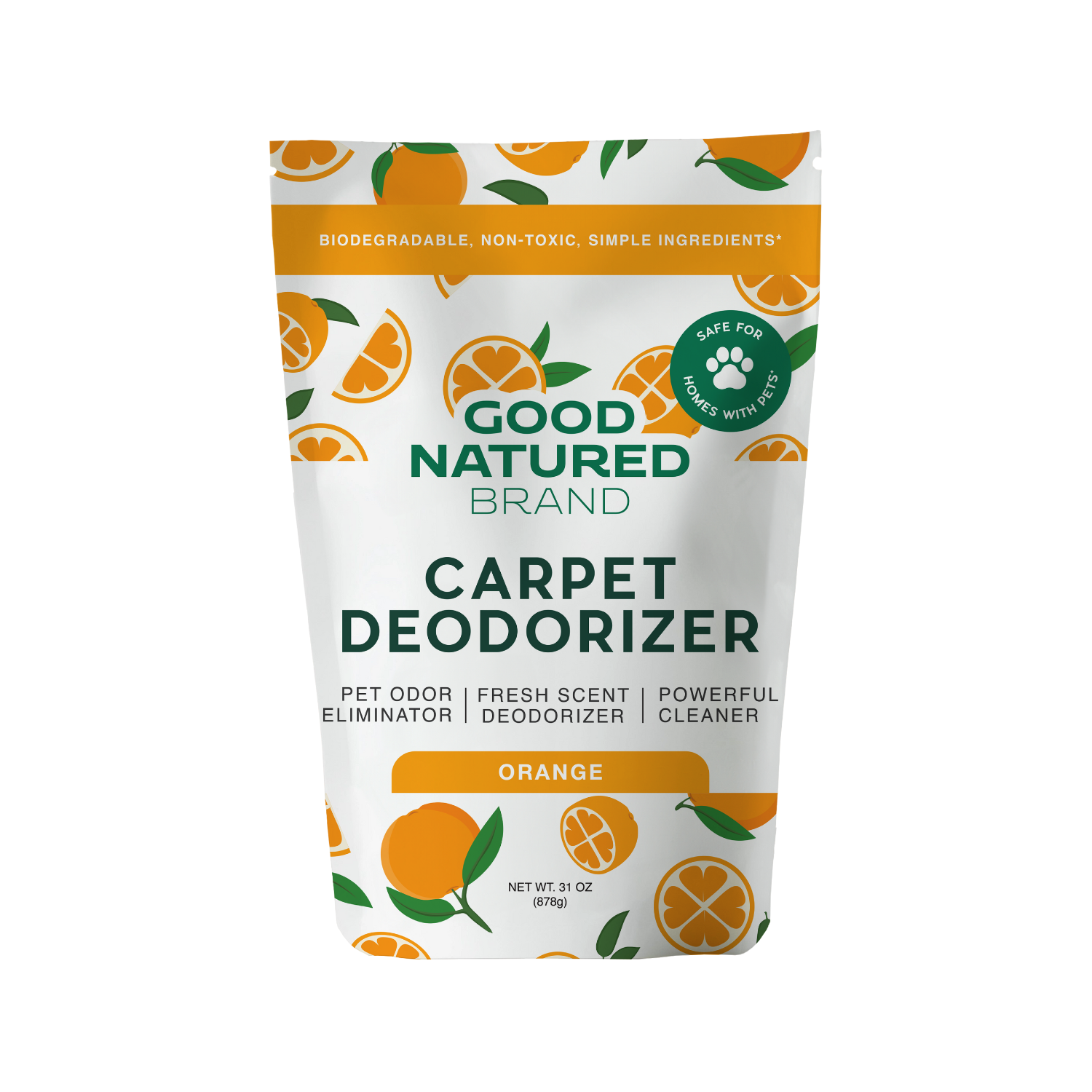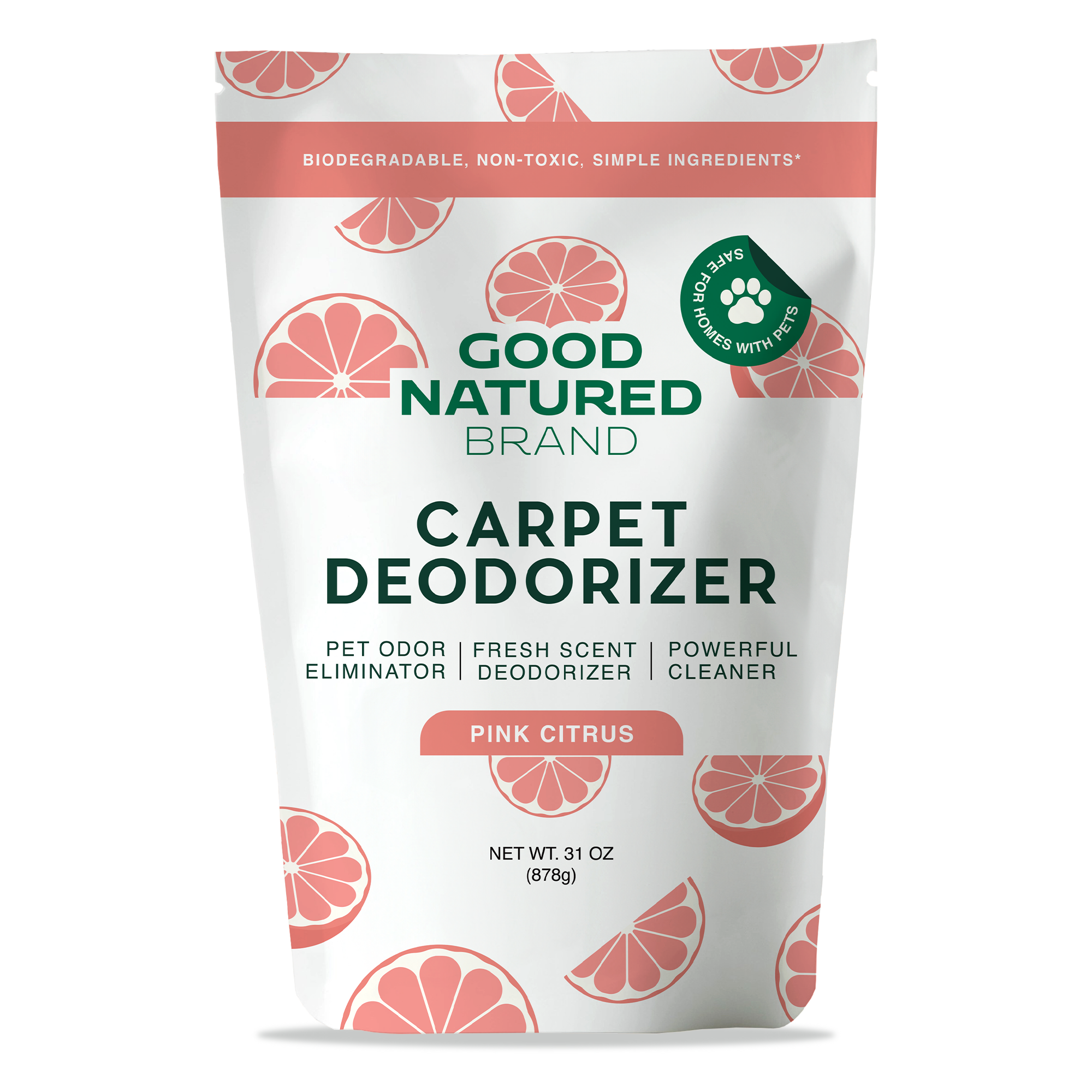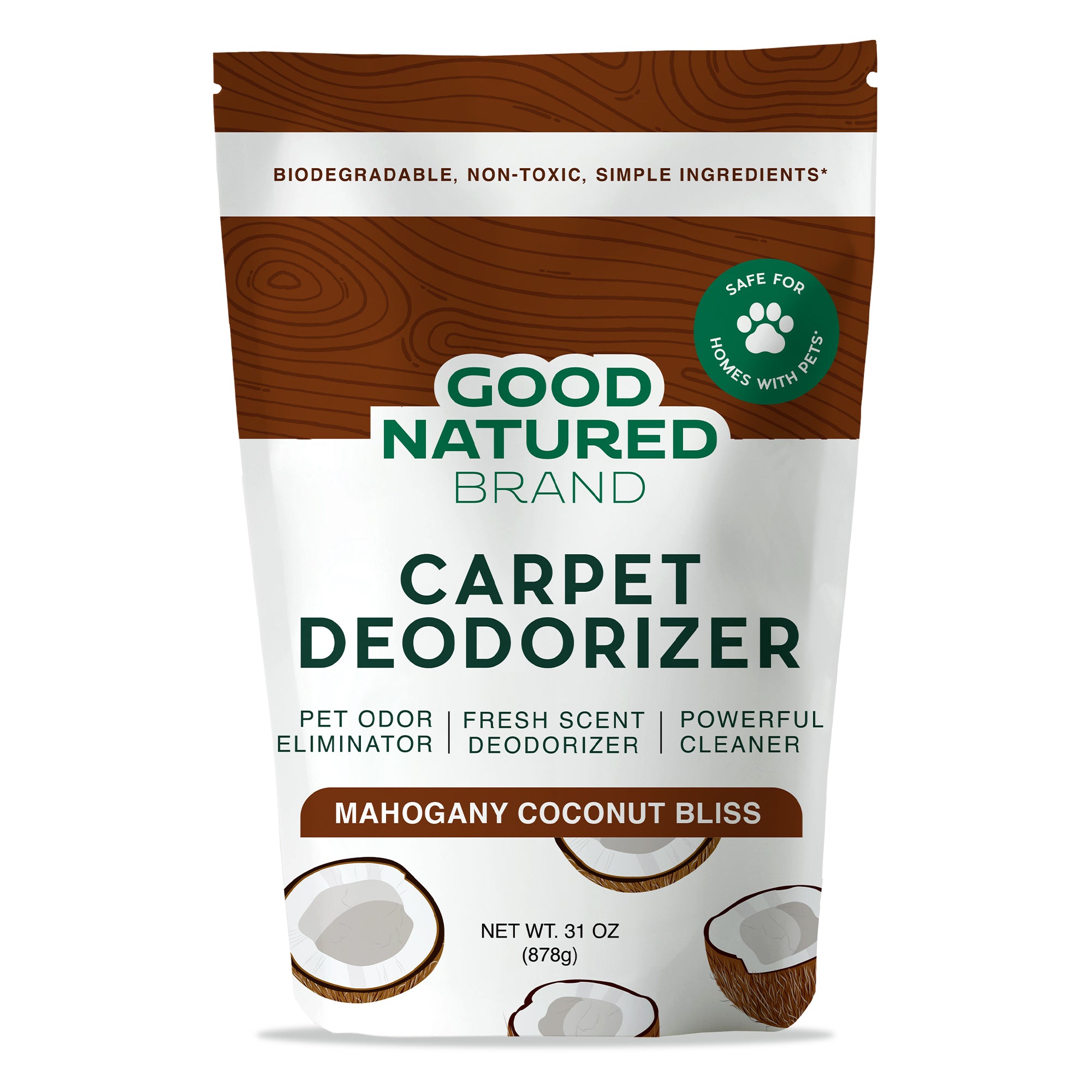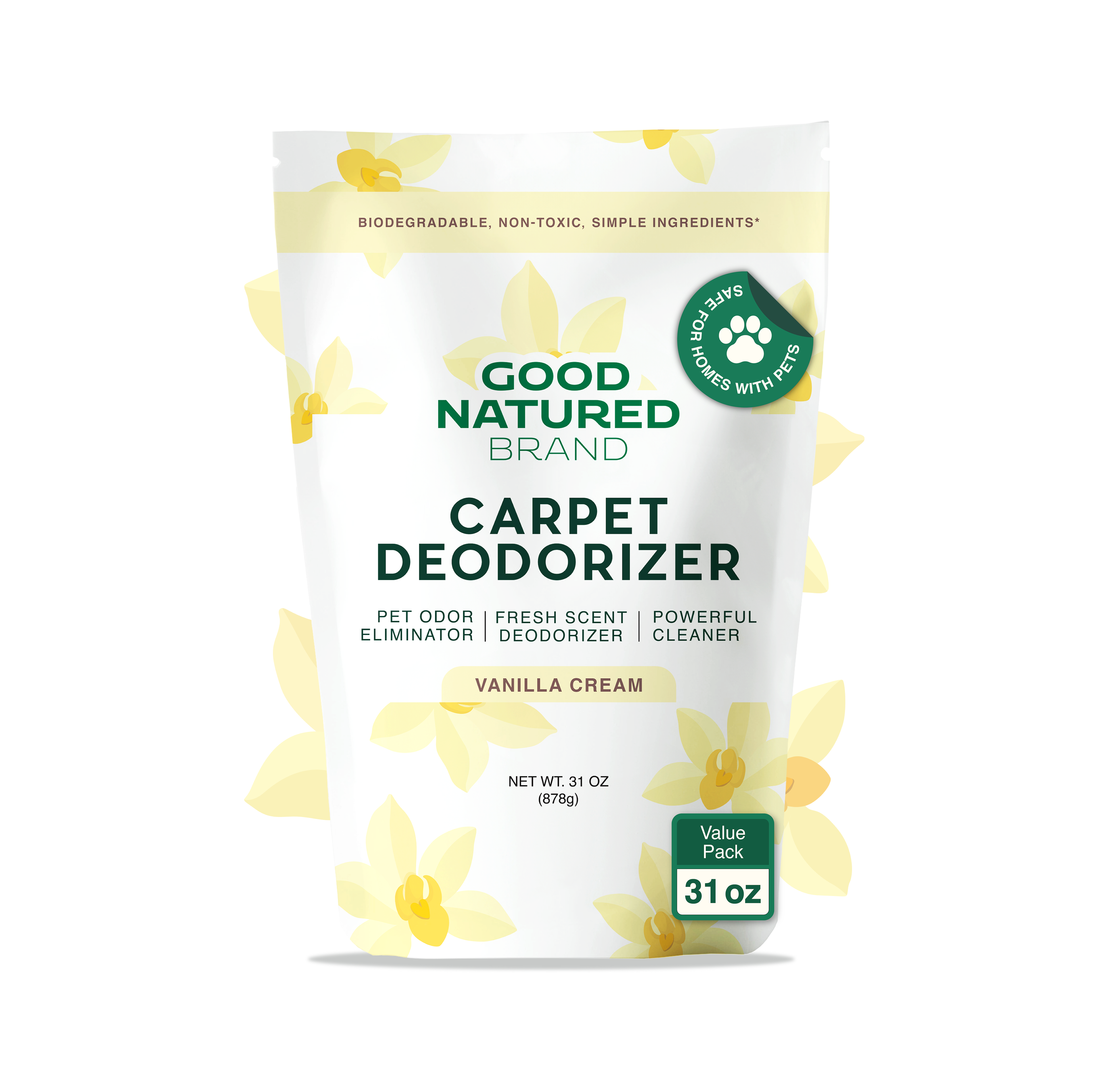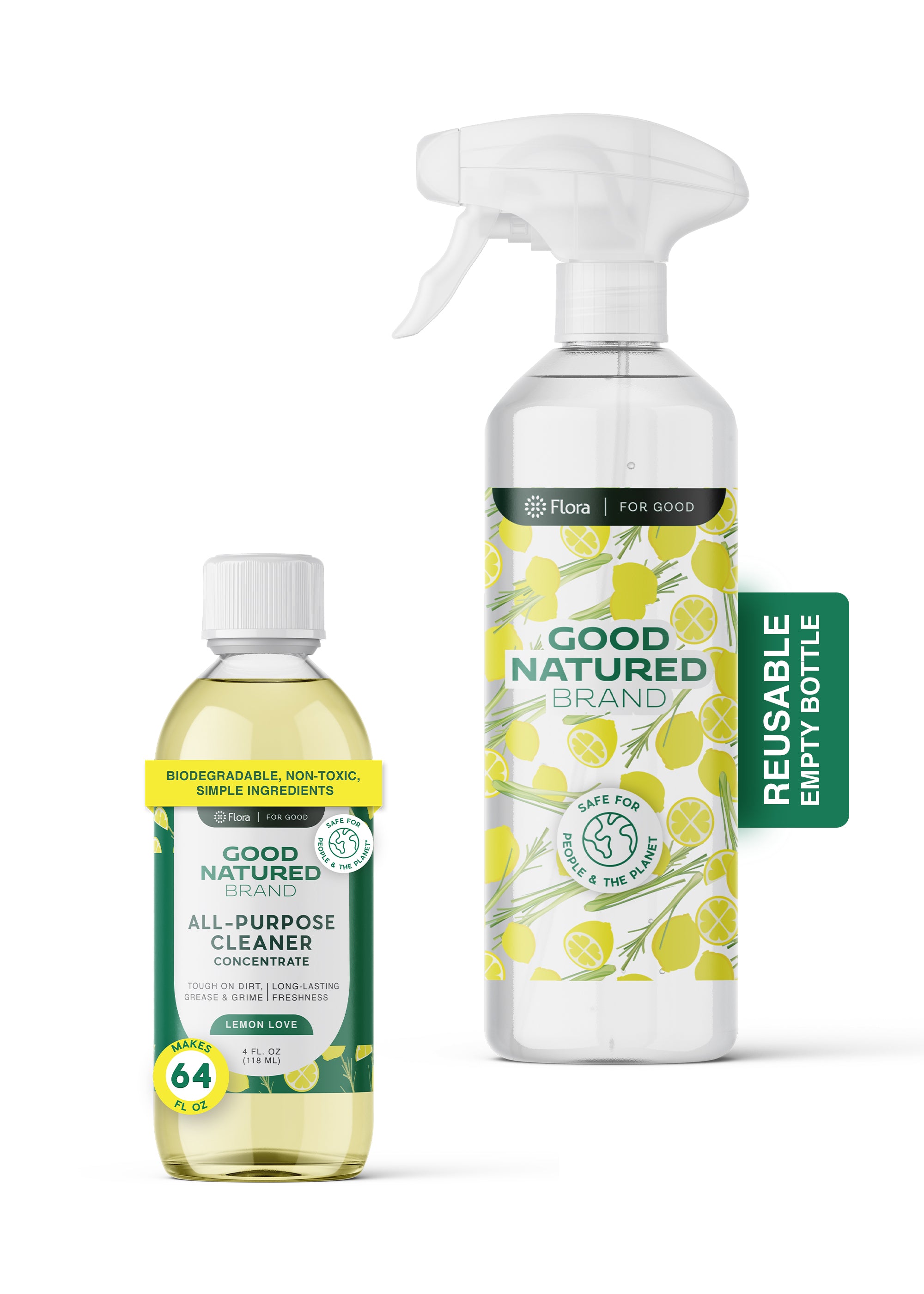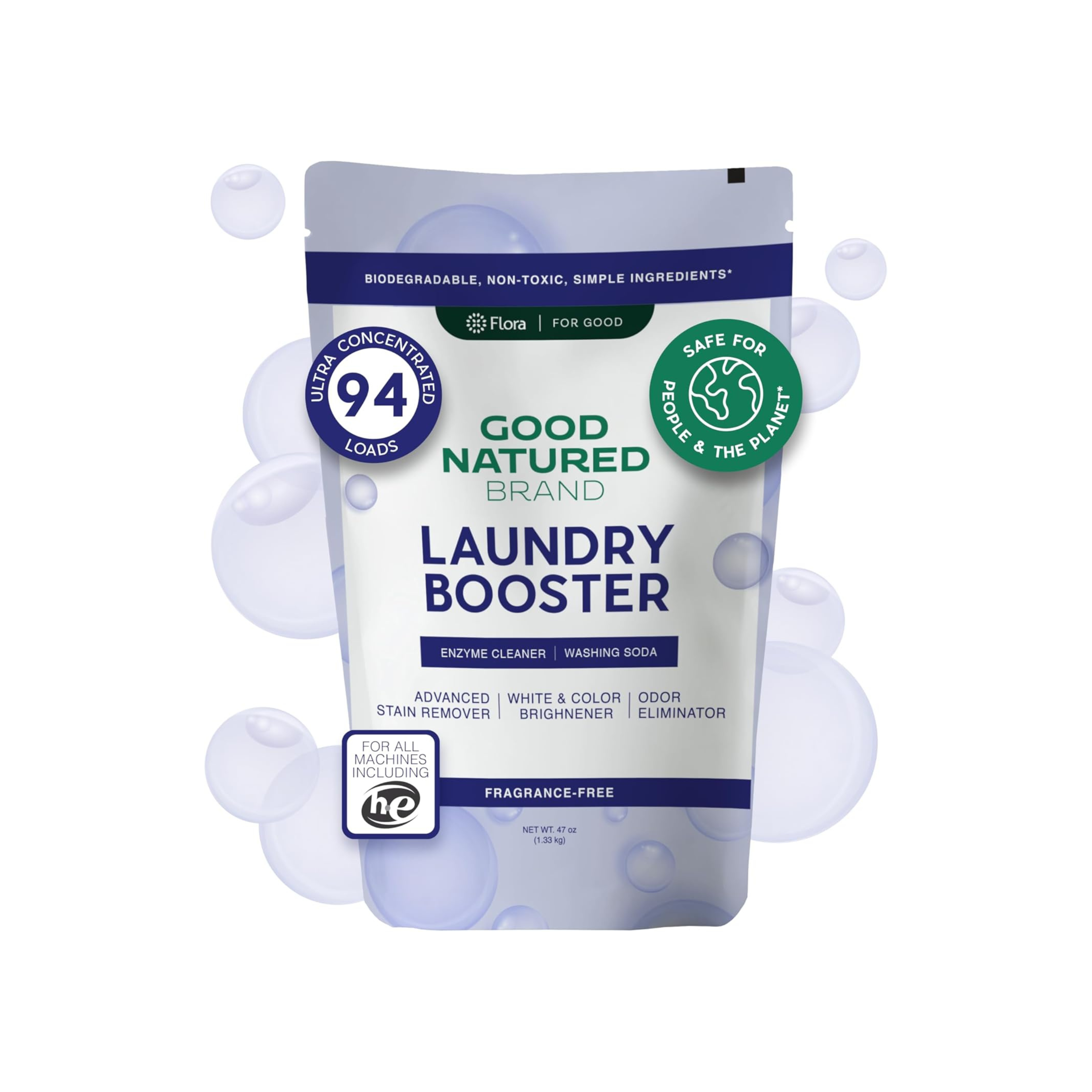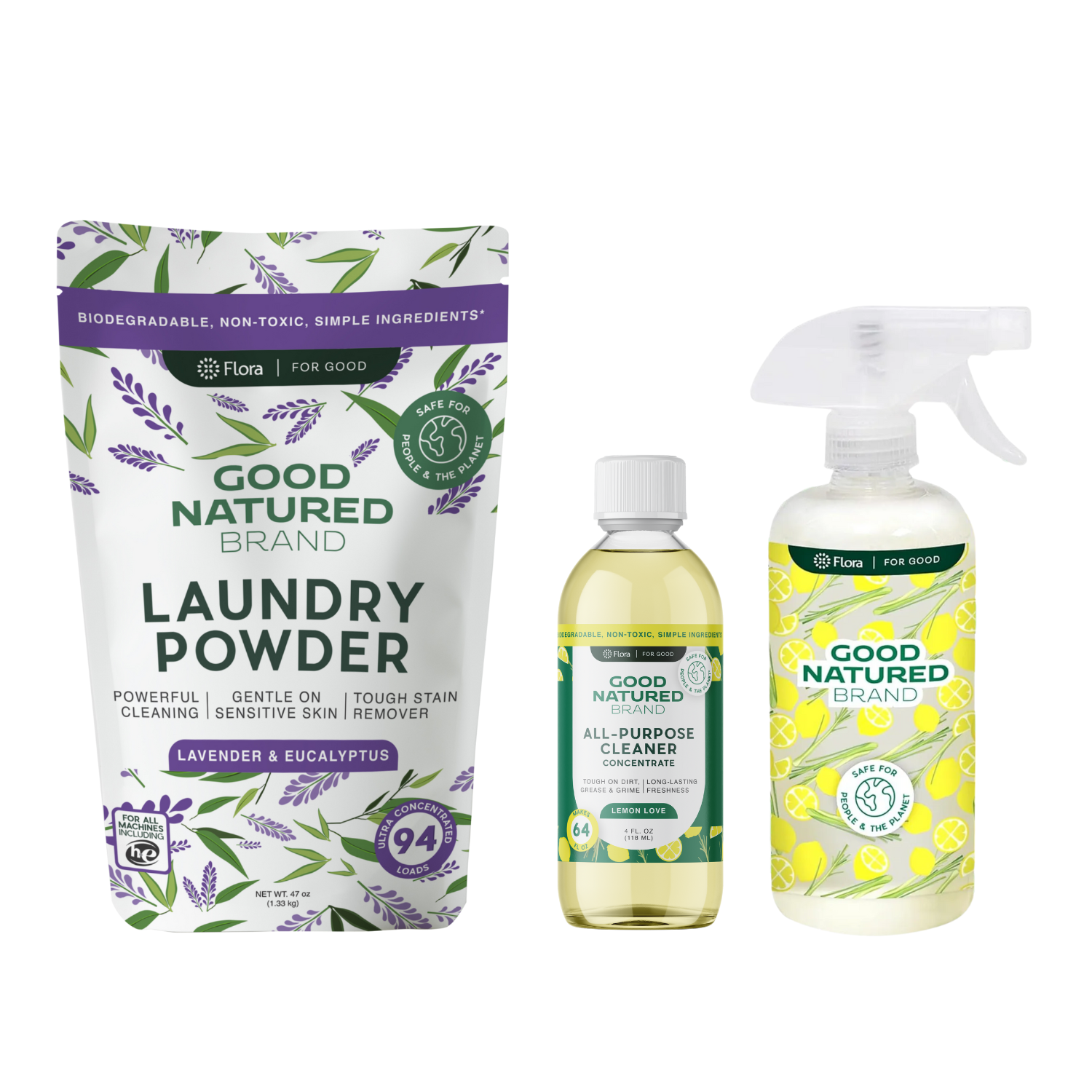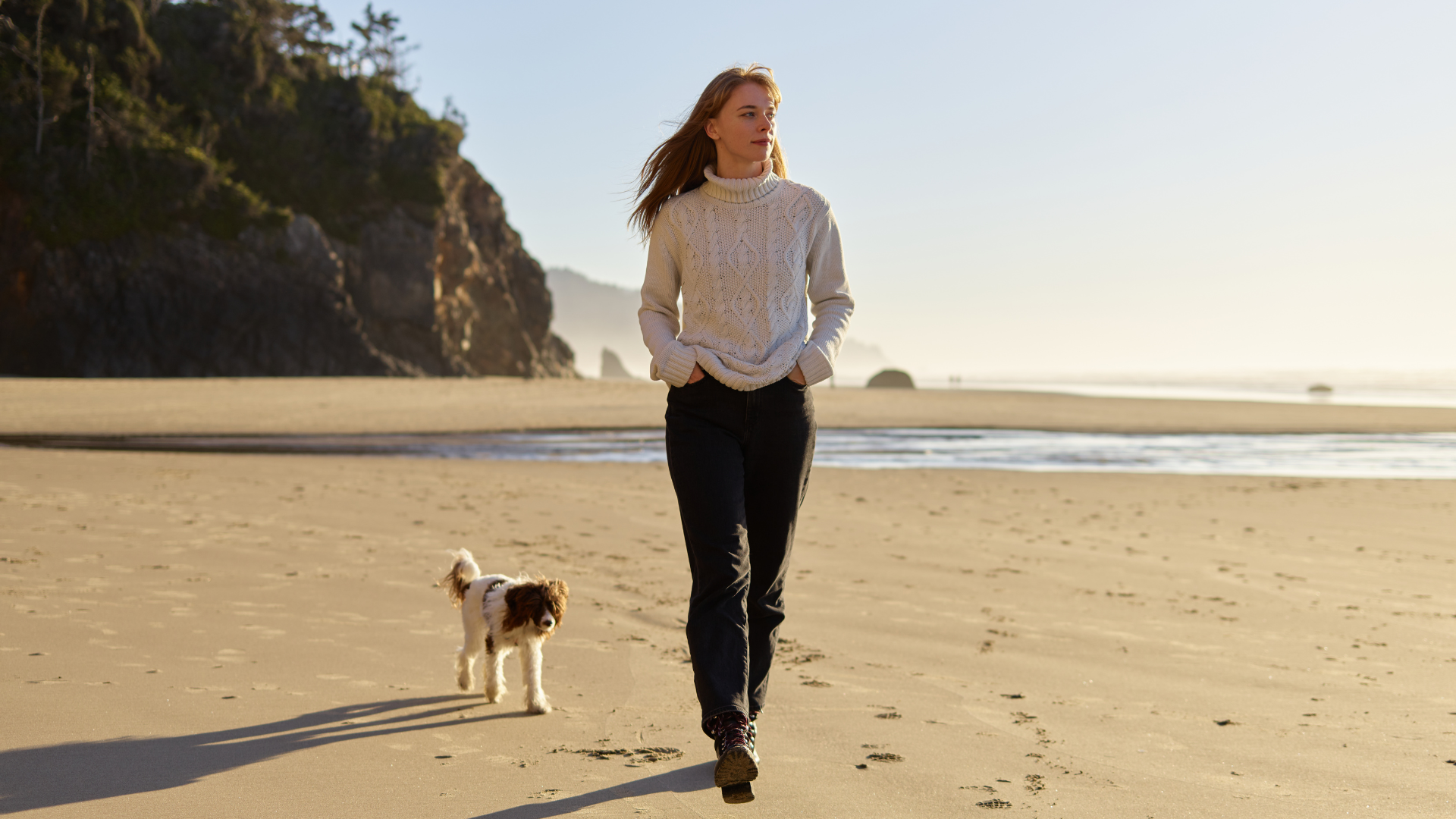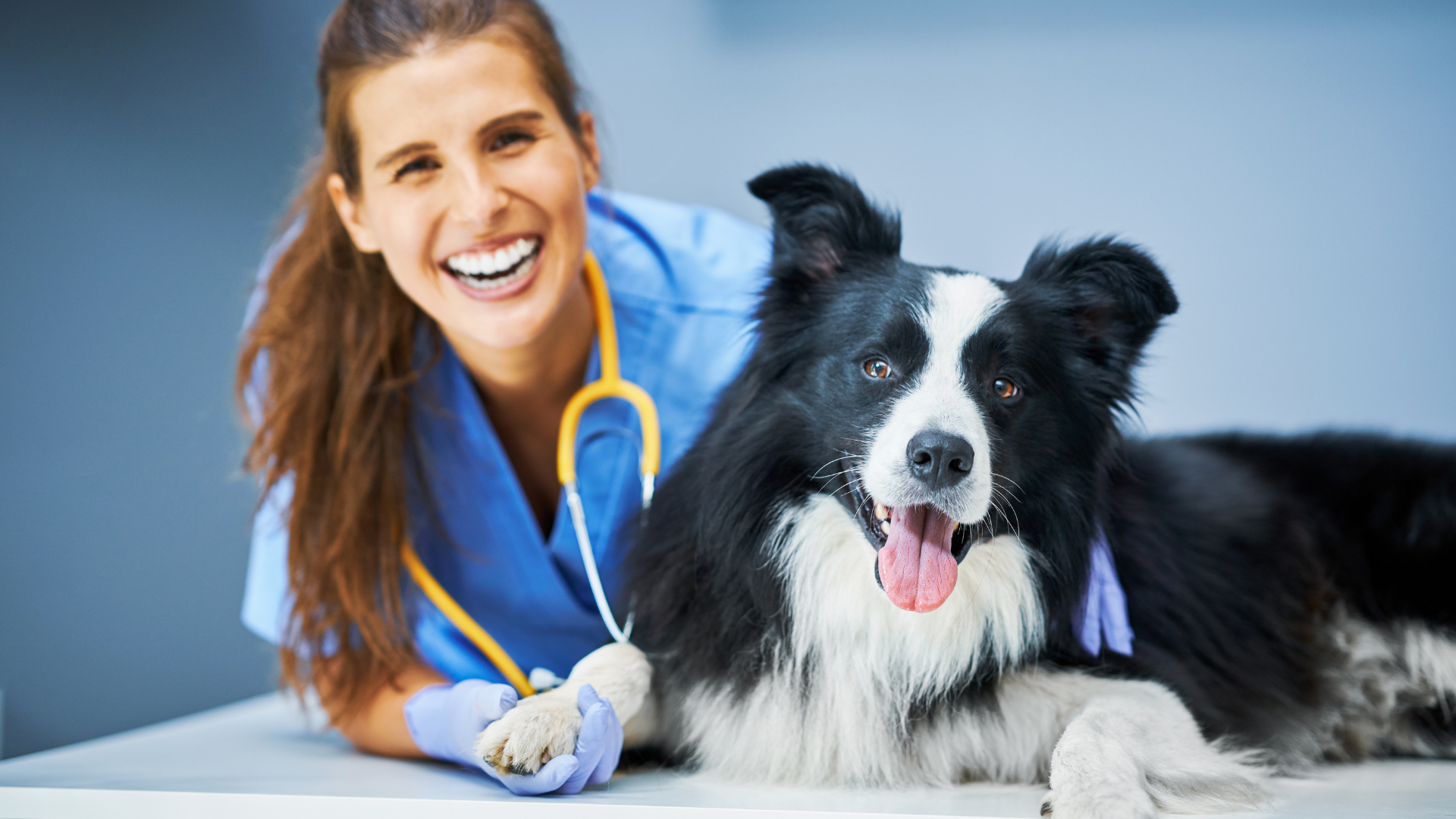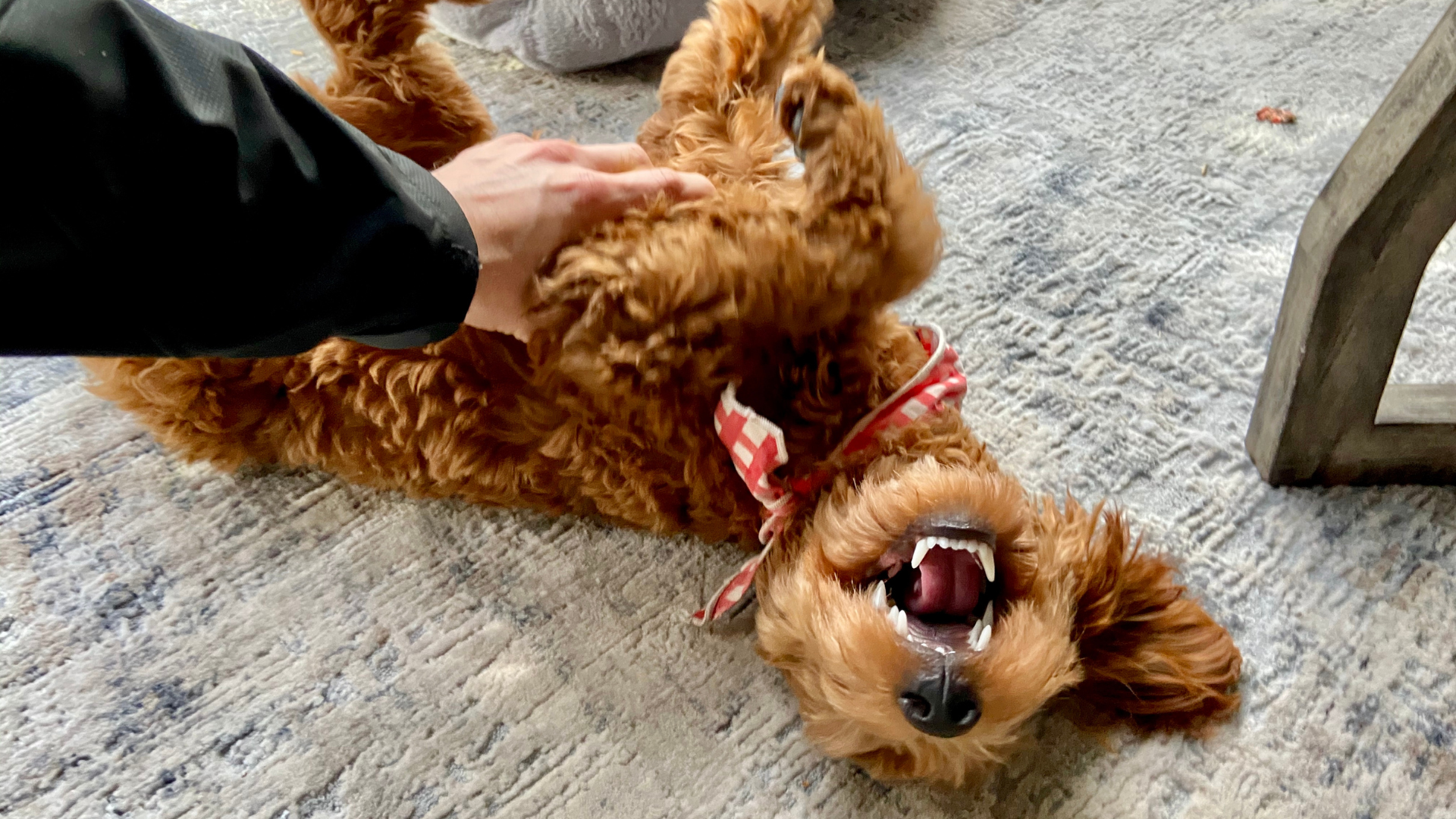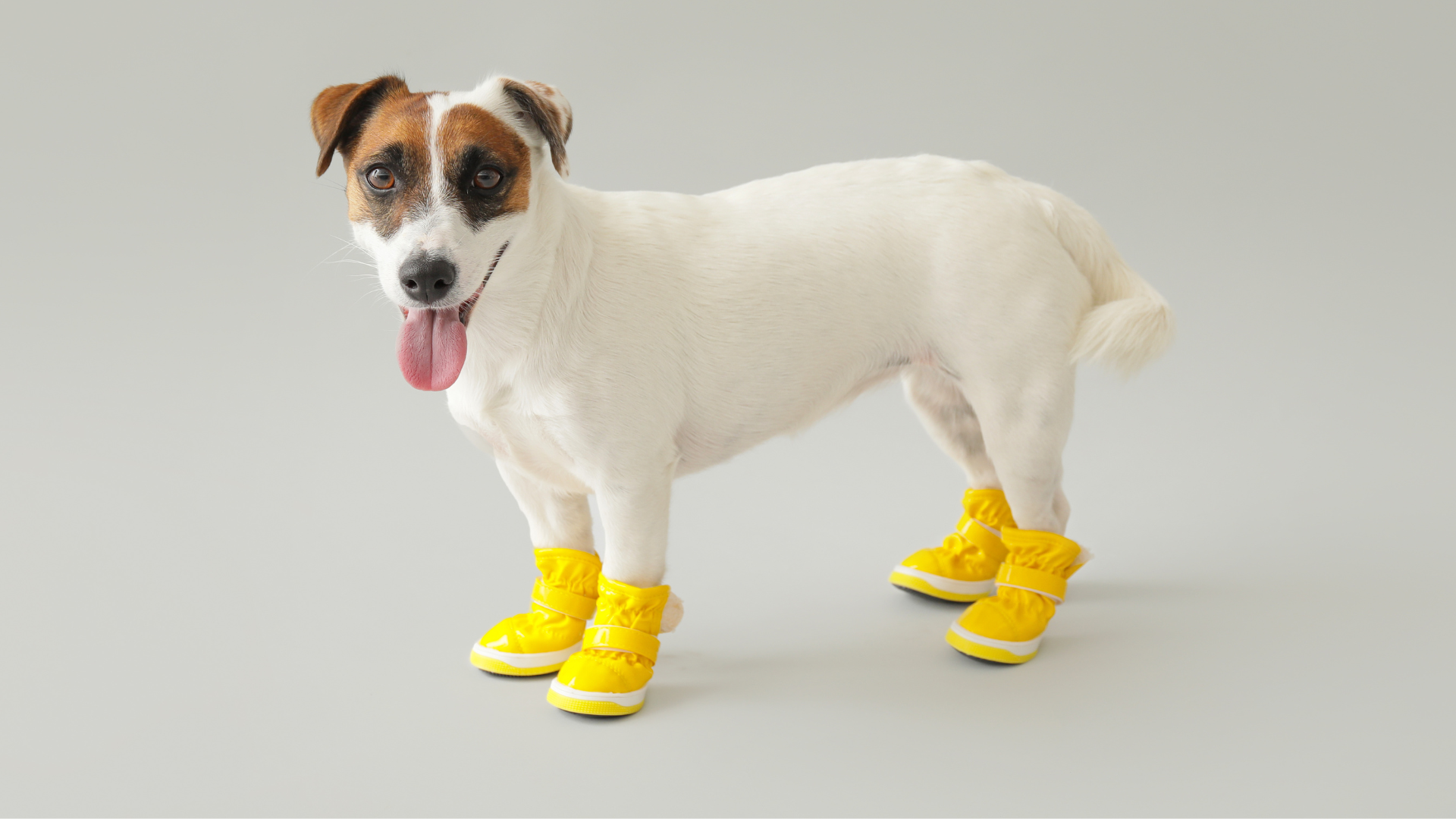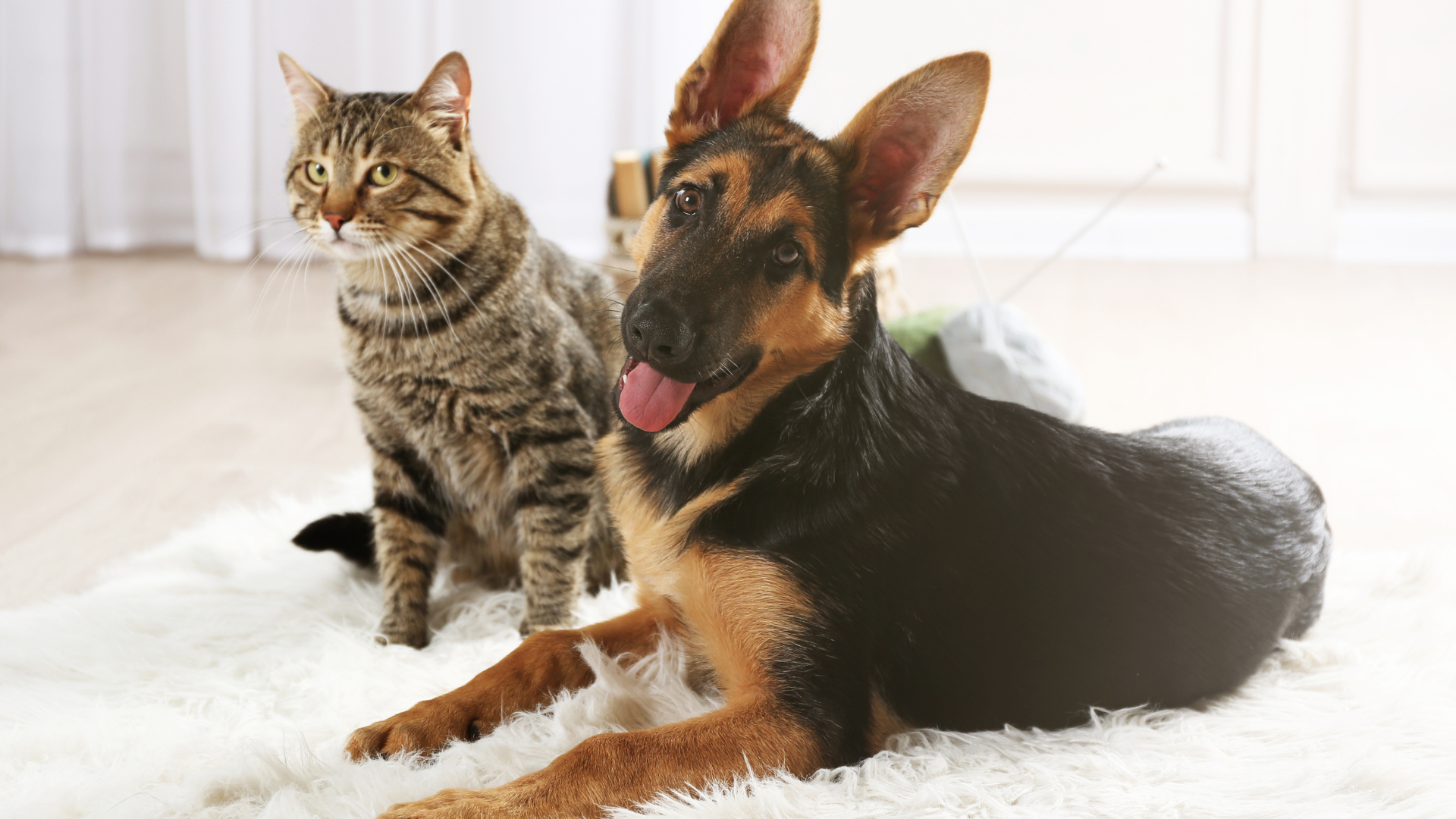Teaching your dog to use a litter box might sound like a strange idea, but it is entirely possible and can be incredibly useful, especially for pet owners living in apartments, those with mobility issues, or those who want to avoid the hassle of walking their dog outdoors in bad weather. While dogs are often trained to relieve themselves outside, some situations call for indoor potty training, and a litter box can be a great solution. In this guide, we’ll walk you through how to teach your dog to use a litter box, along with tips, challenges, and solutions to make this process as smooth as possible.
Why Would You Want to Teach Your Dog to Use a Litter Box?
Teaching your dog to use a litter box may seem unconventional, but it offers several practical benefits that can make your life easier and more manageable. Here’s why you might want to consider this option:
Ideal for Apartment Living
If you live in an apartment, taking your dog outside several times a day for potty breaks can be inconvenient and time-consuming. A litter box provides a reliable, indoor option for your dog to relieve themselves without needing to leave the house.
A Convenient Solution for Dogs with Mobility Issues
If your dog is older, has mobility issues, or is recovering from surgery, a litter box provides an easy, low-effort way for them to go to the bathroom without having to navigate stairs or walk long distances.
A Time-Saver for Busy Owners
For pet owners with busy schedules, walking your dog several times a day may not always be possible. Having a litter box in your home ensures your dog can still go to the bathroom while you’re busy or away, saving you time and energy.
Avoiding the Elements
Rain, snow, and extreme weather conditions can make outdoor potty breaks uncomfortable for both you and your dog. With a litter box, your dog can go potty indoors, no matter what the weather is like outside.
Is It Possible for Dogs to Use a Litter Box?
While cats are natural litter box users, dogs can also be trained to use a litter box with patience, consistency, and the right approach. The key is understanding that dogs need time to adjust to this new method of relieving themselves, as they are not naturally inclined to use a litter box.
Training a dog to use a litter box is similar to housebreaking them for outdoor potty breaks, but with a few additional considerations. Dogs generally don’t have the same instinct to use a designated spot like cats do, so you’ll need to make sure your dog associates the litter box with going potty.
Some dogs may take to the litter box quickly, especially smaller breeds that are already accustomed to smaller spaces. Larger dogs or those that have been trained to go outside may need more time and patience.
Preparing Your Home and Dog for Litter Box Training
Before you begin the process of teaching your dog to use a litter box, it’s important to prepare both your home and your dog. Here’s what you need to know to create the best environment for successful training.
Choosing the Right Litter Box
The first step is selecting a litter box that fits your dog’s needs. Unlike cats, dogs need a larger space, so look for a box that is spacious and comfortable. Many pet stores sell litter boxes designed for dogs, which are larger and have higher sides to accommodate their size.
If you’re using a standard cat litter box, you might need to modify it by adding a ramp or cutting the sides lower for easier access. Consider the size of your dog when choosing a litter box—smaller breeds will need a smaller, more accessible box, while larger dogs will need a bigger space.
Choosing the Right Type of Litter
Not all types of litter are suitable for dogs. Dogs have different sensitivities compared to cats, so it’s important to choose a dog-safe, non-toxic litter. Opt for paper-based, natural, or biodegradable options, as these are safer for your dog to step on or ingest if they try to explore the box.
Avoid using clumping litter, which can be harmful to dogs if ingested. Some pet stores even sell litter specifically designed for dogs, which might be more comfortable and safer for them. Try a few options to find the one that your dog likes best.
Creating a Designated Training Area
Pick a quiet, clean area in your home to place the litter box. Dogs need a comfortable space to go potty, so try to choose a spot that’s free from distractions and close to the entrance of the house if possible.
The area should be easy for your dog to access and not too far from where they spend most of their time. If you have a large dog, make sure the box is big enough for them to comfortably turn around in.
To ensure your dog feels comfortable in this area, you can use products like Carpet Deodorizer to keep the surrounding area fresh and odor-free. It’s important that your dog’s potty area smells pleasant and clean, as this can encourage them to use the litter box consistently.
Setting Up a Routine for Training
Like any other training, consistency is key. Take the time to establish a regular routine for your dog’s litter box training. Set specific times during the day when your dog will have access to the litter box, such as after meals, first thing in the morning, or before bed.
You’ll also want to reward your dog for using the litter box correctly. Positive reinforcement is essential for encouraging your dog to use the box consistently. Praise them verbally or give them a small treat when they use the litter box to reinforce the behavior.
Selecting the Right Litter for Your Dog
Now that you’ve set up your dog’s litter box, it’s time to choose the right litter. Choosing the appropriate type of litter is crucial for both your dog’s comfort and your home’s cleanliness.
Types of Litter That Are Safe for Dogs
For your dog’s safety, you’ll want to avoid traditional cat litter that may contain harmful chemicals or scents. Instead, choose natural, non-toxic alternatives like paper-based or wood pellets. These options are gentle on your dog’s paws and safe if ingested.
Avoid using clumping or clay-based litters, as these can be harmful if consumed. Some popular options for dog-safe litter include paper-based litter, such as shredded paper, or natural alternatives like corn or wheat-based litter.
For extra convenience and cleanliness, you may want to consider using a Laundry Powder to wash any bedding, towels, or blankets used near your dog’s litter box, ensuring that their surroundings remain clean and fresh.
Non-Toxic, Eco-Friendly Litter Options
There are many eco-friendly dog litter options available on the market today. Look for biodegradable and natural options that are made from sustainable materials. These types of litter are better for your dog and the environment and will provide your pet with a healthier alternative to traditional litter.
Natural dog-safe litter is easy to clean and provides excellent odor control, which is especially helpful when you’re training your dog to use the litter box indoors.
Step-by-Step Guide to Teaching Your Dog to Use a Litter Box
Training your dog to use a litter box is a process that requires patience, consistency, and positive reinforcement. Here’s a comprehensive step-by-step guide to get your dog comfortable using the litter box.
Introducing Your Dog to the Litter Box
The first step is to make the litter box a non-threatening, familiar place for your dog. Start by allowing them to explore the box without expecting them to use it right away.
-
Show the Box to Your Dog: Place the litter box in a quiet, accessible location, and allow your dog to sniff and explore it. Encourage them to investigate by placing some of their favorite treats or toys near the box.
-
Create a Positive Association: Reward your dog for showing interest in the box. Whenever they investigate or approach the box, give them praise or a small treat. Positive reinforcement will help them associate the litter box with something good.
After your dog has had a chance to explore the box and become familiar with it, the next step is to encourage them to step into the box. At this stage, keep the environment clean and odor-free. Using All-Purpose Cleaner to clean the surrounding area can help keep the training space fresh and inviting.
Getting Your Dog to Step into the Litter Box
Now that your dog is familiar with the litter box, it’s time to encourage them to step into it. This part of the training process requires patience and consistency.
-
Lead Your Dog into the Box: Gently guide your dog into the litter box by luring them with a treat. Once they step inside, praise them and give them a treat.
-
Repeat and Reinforce: Practice this step a few times until your dog feels comfortable stepping into the box. It may take several repetitions, so be patient. Each time they enter the box, reward them with a treat to reinforce the positive behavior.
If your dog is hesitant, don't force them. Instead, make the process as fun and rewarding as possible. You can even try using a favorite toy or treat as an incentive.
Encouraging Your Dog to Relieve Themselves in the Litter Box
Once your dog is comfortable stepping into the box, the next step is to encourage them to relieve themselves inside it. This part of the process can take time, as dogs typically need to associate the litter box with potty time.
-
Establish a Routine: Take your dog to the litter box after meals, naps, and playtime—times when they are more likely to need to go to the bathroom. Consistent timing will help your dog understand that the litter box is where they should go.
-
Use a Command: You can use a specific command, such as “go potty,” whenever you bring your dog to the litter box. Over time, your dog will learn to associate this command with using the box.
As your dog becomes accustomed to using the litter box, they may need some encouragement. Gently guide them to the box, and when they use it, immediately reward them with praise or a treat. This positive reinforcement will help them form the habit of using the litter box.
Gradually Reducing the Frequency of Assistance
As your dog starts to get the hang of using the litter box, reduce the amount of help you give them. If they’ve learned to step into the box on their own, stop guiding them and let them walk in on their own.
-
Encourage Independence: If your dog starts to relieve themselves in the box without your assistance, reward them immediately. This reinforces the behavior and encourages them to continue using the box independently.
-
Be Patient with Setbacks: If your dog has accidents outside the box, don’t punish them. Instead, clean up any messes promptly using Laundry Powder or Carpet Deodorizer to eliminate any odors that may attract them to the wrong area.
Reinforcing Good Habits and Successful Potty Sessions
For successful long-term use of the litter box, it’s important to reinforce good behavior consistently.
-
Use Praise and Treats: Every time your dog uses the litter box correctly, give them a treat and lots of praise. This positive reinforcement will encourage them to continue using the box.
-
Establish a Potty Schedule: Just like with outdoor potty training, a regular potty schedule helps your dog know when and where to go. Take them to the box at the same times each day, and soon they’ll associate those times with going potty.
Consistency is key. The more you practice and reward your dog, the more likely they are to develop the habit of using the litter box.
Troubleshooting Common Issues During Training
While many dogs catch on to litter box training quickly, there are a few common issues that may arise during the process. Here’s how to troubleshoot some of these challenges.
Your Dog Doesn’t Want to Step Into the Litter Box
Some dogs may initially resist stepping into the litter box. If this happens, try the following:
-
Make the Box More Inviting: Add a soft towel or blanket to the bottom of the box to make it more comfortable. If your dog is hesitant about the texture of the litter, try switching to a different type, such as paper-based litter, which is softer on their paws.
-
Reduce Stress: Keep the environment around the litter box calm and quiet. If there are too many distractions, your dog might feel stressed and avoid the box.
Your Dog Is Relieving Themselves Outside the Box
If your dog starts relieving themselves outside the litter box, don’t get discouraged. Here are a few tips to address this:
-
Clean Up Accidents Quickly: Use Laundry Powder or All-Purpose Cleaner to clean up any messes immediately. Dogs are often attracted to areas that smell like their previous accidents, so cleaning up thoroughly will help prevent repeat incidents.
-
Revisit the Training Process: If accidents are happening regularly, it may be a sign that your dog is not yet fully comfortable with the litter box. Go back to the basics and practice the step-by-step process again, ensuring your dog feels confident and calm around the box.
Your Dog Refuses to Use the Litter Box Consistently
Some dogs may take longer to develop the habit of using a litter box. If you’re experiencing inconsistency, it’s important to stay patient and continue reinforcing good behavior.
-
Increase Rewards: If your dog seems to forget to use the box, increase the rewards when they do so correctly. This can include higher-value treats or longer praise sessions to motivate them further.
-
Consider a Professional Trainer: If you’re struggling with consistent potty training, a professional dog trainer may help troubleshoot the issue and guide you in adjusting your approach.
Reinforcing Good Habits and Maintaining Consistency
Once your dog has learned how to use the litter box, the next step is ensuring that they maintain this behavior consistently. Reinforcement is key to making sure your dog understands that the litter box is their designated spot for relieving themselves.
Praise and Positive Reinforcement
As with any training, positive reinforcement plays a critical role. Every time your dog successfully uses the litter box, immediately offer praise and a reward, whether it’s a treat, a toy, or just verbal praise. Positive reinforcement helps your dog associate the litter box with good things and strengthens their understanding of the behavior you want to encourage.
-
Reinforce the behavior every time: If you’re still in the early stages of training, it’s essential to reward your dog each time they use the litter box correctly. This helps your dog form a strong connection between the action (using the box) and the reward.
-
Gradually reduce treats: Once your dog becomes more consistent, you can gradually reduce the frequency of treats. However, continue offering praise, as this helps your dog remain motivated.
If you find that your dog is becoming distracted or reluctant to use the box, go back to rewarding them more frequently, even if it’s just a small verbal reward or a favorite toy. This will reignite their interest in using the litter box.
Establishing a Routine and Consistent Schedule
Dogs thrive on routine, so it’s important to set a consistent potty schedule for your dog. Just like with outdoor potty training, setting specific times for your dog to use the litter box will help reinforce the habit.
-
Pick a set time each day for potty breaks: Take your dog to the litter box at the same times each day, such as after meals, first thing in the morning, or before bed. This consistency helps your dog anticipate the time to go potty.
-
Increase independence: As your dog becomes more accustomed to using the box, reduce your intervention and allow them to go to the litter box on their own. If they’ve developed the habit of using the box at set times, they’ll begin to go without needing reminders.
Make sure your home is set up for success. If you’re using the litter box in a high-traffic area, it might help to give your dog a quiet space with minimal distractions. Additionally, keep their surrounding environment clean. Using Carpet Deodorizer will help remove any lingering smells in the area around the litter box, ensuring your dog remains comfortable and focused on the task.
Troubleshooting Common Issues During Training
While some dogs catch on quickly, others may experience setbacks along the way. It’s important to remain patient and address any issues that arise during the training process.
Dog Isn’t Using the Litter Box Consistently
If your dog starts using the litter box only intermittently, the first step is to evaluate the environment. Is the box clean and inviting? Dogs can be very particular about cleanliness. Ensure the litter box is scooped regularly, and that the area around the box is free from distractions or smells that might deter them.
If you notice accidents happening outside the box, clean them immediately using All-Purpose Cleaner to remove any lingering scents. Dogs are likely to return to the spot where they’ve previously gone to the bathroom, so cleaning up quickly will prevent them from using other areas in the house as their new potty spot.
If you’re still having trouble, revisit the basics of litter box training and ensure your dog’s routine is consistent. Try placing them in the box immediately after meals or naps and rewarding them with praise or a treat each time they use it correctly.
Your Dog Prefers to Relieve Themselves Outside the Box
If your dog continues to avoid the litter box altogether, it may be a sign that they’re not fully comfortable with it yet. Some dogs may simply prefer to go outside, especially if they’ve been trained to relieve themselves outdoors before. To address this:
-
Be patient and give them time: Dogs that are used to going outside may take longer to adjust to the litter box. Start by placing the litter box in an area near the door or their usual potty spot, so they can gradually get used to it.
-
Transitioning from outside to inside: If your dog prefers outdoor potty breaks, try placing a small piece of their bedding or a familiar item in the litter box. The familiar scent may encourage them to use the box.
Accidents Outside the Box
Even with consistent training, accidents can happen. If your dog starts relieving themselves outside the box, here’s what you can do:
-
Don’t punish your dog: Punishing a dog for accidents will only confuse them and undermine their training. Instead, remain calm and clean up the mess as quickly as possible using Laundry Powder for any soiled fabrics, and Carpet Deodorizer to eliminate odors.
-
Revisit the training process: Go back to the basic steps of litter box training and reinforce the routine. Make sure your dog has easy access to the litter box and that the area around it remains clean and inviting.
Maintaining a Clean and Fresh Litter Box Environment
For long-term success, it’s important to keep the litter box and surrounding areas clean. Dogs are more likely to use the litter box consistently if it’s kept fresh and hygienic.
Regularly Cleaning the Litter Box
Just as with any type of pet potty, maintaining a clean litter box is essential. Be sure to scoop the litter box at least once or twice a day, depending on your dog’s size and how often they go. Removing waste quickly will prevent odors from building up and keep the box inviting for your dog.
If your dog’s bedding or towels are soiled, wash them using Laundry Powder to ensure they remain clean and odor-free.
Disinfecting the Area
In addition to scooping the litter box, it’s important to disinfect the surrounding area to prevent the buildup of bacteria and odors. You can use an all-purpose cleaner like All-Purpose Cleaner to wipe down the box and surrounding surfaces regularly.
Dogs are more likely to use the litter box if the area remains clean and smells fresh. Regular cleaning of the surrounding area, such as the floor and walls, will prevent the buildup of smells that might deter your dog from using the box.
Keeping the Litter Box Area Comfortable
If you’ve noticed that your dog is reluctant to use the litter box, it might help to make the area more comfortable. You can use soft mats or towels to line the bottom of the box, or add a cozy spot nearby for them to relax. Creating a calm, inviting environment will encourage your dog to feel at ease and associate the litter box with comfort.
Long-Term Success: Maintaining the Habit
Once your dog has mastered using the litter box, your job isn’t over. Continued consistency and maintenance are key to keeping the habit in place.
-
Continue with regular routines: Maintain the same potty schedule, and reinforce the positive behavior when your dog uses the box.
-
Monitor your dog’s health: If your dog suddenly stops using the litter box, it may be a sign of a health issue. Make sure to monitor your dog’s behavior and consult with a vet if necessary.
Using Litter Box Training in New Situations
Now that your dog is proficient with using the litter box, it’s important to make sure the behavior translates to other environments. If you travel or move to a new home, the consistency of their litter box habit can help your dog adjust more easily.
Make sure to provide a familiar space and a clean litter box in any new environment, and practice the routine to help your dog feel comfortable.

